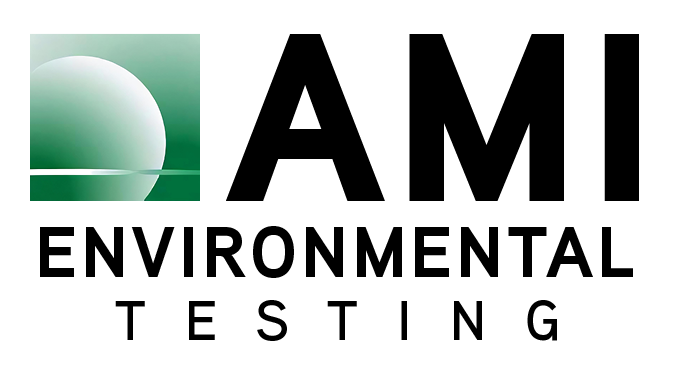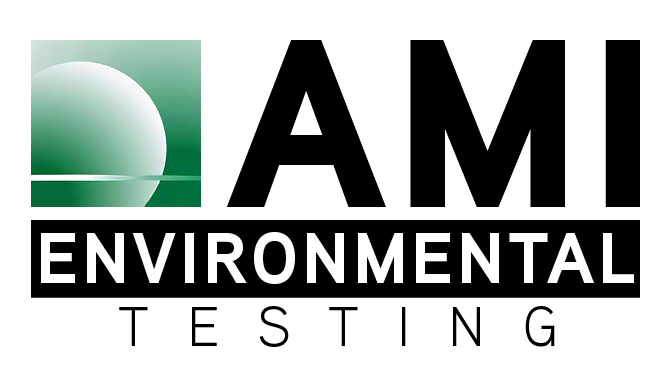Renovations are a prime opportunity to improve indoor air quality (IAQ) in your home or workspace. Poor IAQ can lead to respiratory issues, allergies, and general discomfort, making it essential to consider air quality enhancements during your project. Collaborating with architects, engineers, and environmental consultants can help ensure that IAQ considerations are integrated into the design and construction process.
Start by selecting low-VOC (volatile organic compound) paints, adhesives, and finishes. VOCs are harmful chemicals that off-gas into the air, so choosing eco-friendly products minimizes exposure. Likewise, opt for natural materials like hardwood, bamboo, or stone over synthetic options, which may emit pollutants over time.
For office or industrial spaces, improving IAQ can boost employee productivity and well-being. Consider installing advanced air filtration systems that meet industrial standards to handle pollutants specific to the workspace, such as dust, chemical fumes, or particulate matter. Additionally, upgrading ventilation systems to ensure proper air exchange in larger areas is crucial. Incorporating green building certifications, like LEED, can guide sustainable renovations that prioritize air quality while meeting industry benchmarks.
Upgrading your HVAC system is another smart move. Install high-efficiency filters with a MERV rating of at least 13 to capture allergens, dust, and other particles. Adding an air purifier or incorporating a whole-house ventilation system ensures consistent airflow and pollutant removal.
Seal cracks and gaps in walls, windows, and doors to prevent outdoor pollutants from infiltrating your space. If removing old materials, such as asbestos or lead paint, hire certified professionals to handle these hazardous substances safely.
During renovations, use barriers and HEPA-filtered air scrubbers to contain dust. Ensure workspaces are well-ventilated by opening windows and using fans to direct air outside.
Lastly, integrate greenery. Indoor plants like spider plants, snake plants, and peace lilies naturally filter the air, adding a refreshing touch to your improved space.
By incorporating these steps into your renovation, you can create a healthier, more comfortable environment that benefits everyone who enters. To learn more about the collaboration of architects, engineers, and environmental consultants, contact AMI Environmental.



